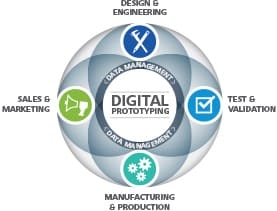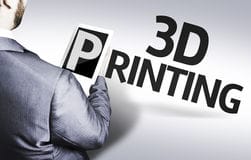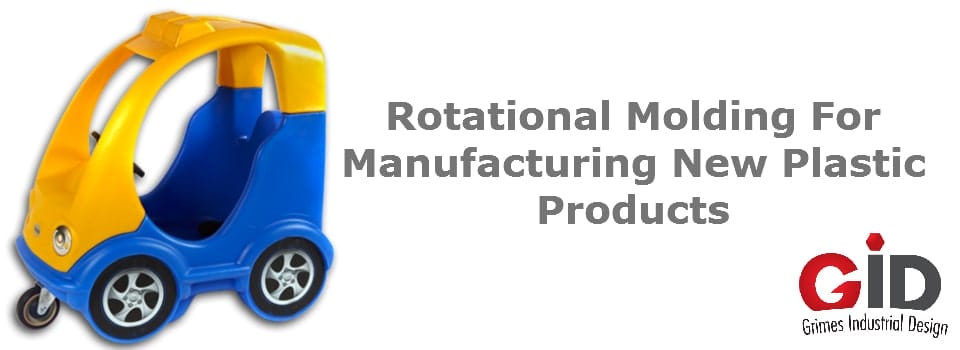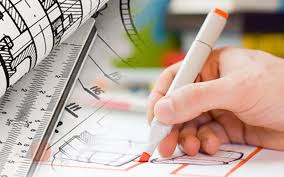Being an established product manufacturing company in USA, at the GID Development Corporation, we know it very well that the product design, product prototyping, and product development are in a stage of major transformation across the globe. A message from the market to accelerate the development process provokes product manufacturing companies to find advanced ways to improvise their manufacturing processes and produce technological capabilities to shorten the product development lifecycle.
Digitalization of product design and product development processes has helped manufacturers in reducing the development life significantly, eventually minimizing a product’s time to market. However, countless startups and small businesses still find it difficult to implement the digital manufacturing strategy. Here in this blog, we will discuss significant transformation stages that any product manufacturing company is looking for digitization goes through. The points covered here will help you determine to what extent is your organization’s product manufacturing process is digitized. What steps should be taken to elevate the transformation process and how digitizing can benefit you in the product development process.
Use of CAD tools
The use of 2D CAD tools for product design is quite common across most product manufacturing companies. Many industries such as civil, mechanical, and electrical frequently require 2D drawings to address various purposes. Shop floor requirements are often in terms of a 2D format, which provide flawless communication within the departments inside an organization and between the clients and the organization. However, considering the other technical advancements in the industry, 2D is looked upon as an initial step towards digitizing the product manufacturing process. 2D has its own limitations and does not convey the information to an individual who is less technical.
Transformation from 2D to 3D
The real digital transformation of a product manufacturing process comes with the adoption of 3D CAD tools. Undoubtedly, 3D printing is highly advantageous and brings countless benefits that help in reducing overall manufacturing time. It offers an in-depth insight on a product design and its workings, to demonstrate the product’s characteristics in a better way.
Across the globe, there are still some companies that use traditional 2D CAD tools to avoid spending extra cost and time in manufacturing 3D models from the past 2D drawings repository. However, the real advantage comes when we use both – the 2D and 3D tools.
Virtual Testing
Because of its amazing ability to predict design behavior right before the manufacturing process, most product design and development companies across the globe prefer to use the virtual testing to test a product design. With comprehensive 3D modeling capabilities, the next digitization phase is to implement virtual testing in the design process.
Before moving on to the bulk manufacturing process, a product’s behavior and its performance can be easily determined with the use of virtual simulation tools such as, computational fluid mechanics and finite element analysis. Moreover, virtual testing also reduces the number of prototyping trails, as initial design data is tested at the start point. This eventually helps a product manufacturing company to reduce product development cycle significantly.
Rapid Prototyping
Product prototype development is an ongoing trend within the industry of new product development, allowing product development companies to physically feel and test a concept before proceeding with the manufacturing process. Due to constant advancements in the world of 3D printing technologies and materials, the product development industry is about to witness a standard shift in a way products are being developed.
Before the bulk manufacturing process, the use of rapid prototyping allows the determination of necessary development processes and equipment as well as fixes flaws in the design to eradicate last minute manufacturing errors.
Owning to the fact the digitization reduces overall manufacturing time and eventually a product’s time to market, most product manufacturing companies across the globe are busy in digitizing their product manufacturing processes for all the engineering domains. Its adopters have admitted a notable growth in their operational efficiency, enabling the production of better and cost effective products.
Are you an entrepreneur or an innovator whose product development strategy still follows a traditional approach? If so, the time is now to adopt this trend, as getting it right is essentially the required to survive in a competitive scenario. For any assistance related to product design and development, contact us at www.GIDCompany.com.






